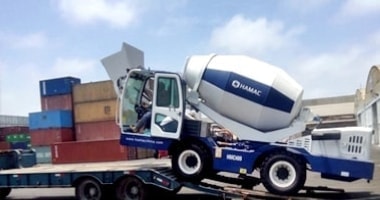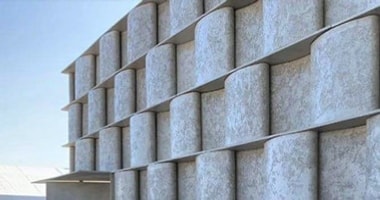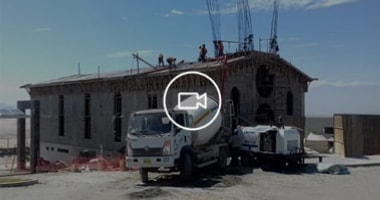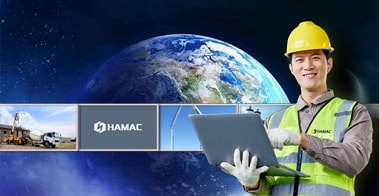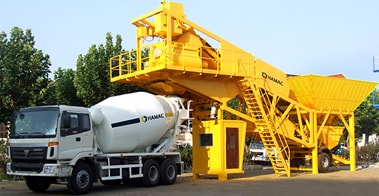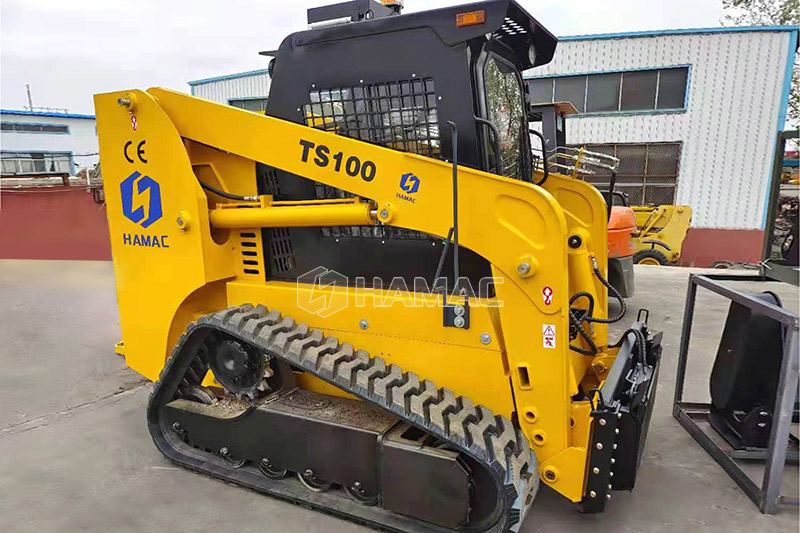
Earth-moving Machines
What is a skid loader used for?
A skid loader or skid steer loader is a rigid frame, engine-powered machine with lift arms used to attach a wide variety of labor-saving tools or attachments. Skid-steer loaders are four-wheel drive vehicles with the left-side drive wheels independent of the right-side drive wheels. By having each side independent of the other, wheel speed and direction of rotation of the wheels determine the direction the loader will turn. Skid steer loaders can turn in their own tracks which makes them extremely manuverable and valuable for applications that require a compact, agile loader.
Unlike in a conventional front loader, the lift arms in these machines are alongside the driver with the pivot points behind the driver's shoulders. Because of the operator's proximity to moving booms, early skid loaders were not as safe as conventional front loaders, particularly during entry and exit of the operator. Modern skid loaders have fully-enclosed cabs and other features to protect the operator. Like other front loaders, it can push material from one location to another, carry material in its bucket or load material into a truck or trailer.
History
The first three-wheeled, front-end loader was invented by brothers Cyril and Louis Keller in Rothsay, Minnesota, in 1957. The Kellers built the loader to help a farmer mechanize the process of cleaning turkey manure from his barn. The light and compact machine, with its rear caster wheel, was able to turn around within its own length, while performing the same tasks as a conventional front-end loader.
The Melroe brothers, whose Melroe Manufacturing Company in Gwinner, N.D., purchased the rights to the Keller loader in 1958 and hired the Kellers to continue refining their invention. As a result of this partnership, the M-200 Melroe self-propelled loader was introduced at the end of 1958. It featured two independent front-drive wheels and a rear caster wheel, a 12.9-hp engine and a 750-lb. lift capacity. Two years later they replaced the caster wheel with a rear axle and introduced the M-400, the first four-wheel, skid-steer loader. It quickly became the Melroe Bobcat. The term "Bobcat" is sometimes used as a generic term for skid-steer loaders. The M-440 was powered by a 15.5-hp engine and had an 1100-lb. rated operating capacity. Skid-steer development continued into the mid-1960s with the M600 loader.
Operation
A Skid Steer loader can sometimes be used in place of a large excavator for digging a hole from the inside. The skid loader first digs a ramp leading to the edge of the desired excavation. It then uses the ramp to carry material out of the hole. The skid loader reshapes the ramp making it steeper and longer as the excavation deepens. This method is particularly useful for digging under a structure where overhead clearance does not allow for the boom of a large excavator, such as digging a basement under an existing house.
The conventional bucket of many skid loaders can be replaced with a variety of specialised buckets or attachments, many powered by the loader's hydraulic system. These include backhoe, hydraulic breaker, pallet forks, angle broom, sweeper, auger, mower, snow blower, stump grinder, tree spade, trencher, dumping hopper, ripper, tillers, grapple, tilt, roller, snow blade, wheel saw, cement mixer, and wood chipper.
Other Compact Equipment
Compact Excavator - The compact hydraulic excavator differs from other equipment. All movement and functions of the machine are accomplished with hydraulics. The compact excavator's work group and blade are driven by hydraulic cylinders, and the slew (rotation) and travel functions are activated by hydraulic motors.
With hydraulic powered attachments such as breakers, clamps, augers, and compactors, the excavator has uses other than excavation, and serves as an attachment tool carrier. Many excavators feature quick-attach mounting systems for attachment mounting, increasing the machine's utility.
Mini Loaders - Mini skid-steer loaders or compact utility loaders are smaller and include 'walk behind' cable or radio controlled skid loaders and the slightly larger platform skid loaders. Platform skid loaders have a small platform on the back instead of a seat for the operator to stand on.
Australian firm Kanga market these types in the UK.
Manufacturers
Many manufacturers have now made their variation of the skidloader, including:
Agrinar
Bobcat division of Doosan, (formerly Melroe Manufacturing Company, and later a division of Ingersoll Rand), the original manufacturer of Skid-steer loaders
Caterpillar
Case - part of CNH Global
Doosan - formerly Daewoo
Fermec - Formerly Massey Ferguson Construction, and now part of Terex
Fiat-Hitachi - Fiat Kobelco, part of CNH Global
Gehl - part of Manitou
Hidro Grubert
Hitachi
JCB Robot for modern variation on original design with single loader arm.
JLG
John Deere
Mustang Manufacturing Co. - part of Manitou
Neuson
New Holland Construction - part of CNH Global
Takeuchi
Terex
Thomas
XCMG
Attachments
The Skidsteer is seen as a versatile tool carier with a range of attchments offered to increase it versatility;
Bucket is still the number one tool that is fitted
Forks for materials handling , especially in agriculture or wast handling, usually with a top mounted grab.
Compactor for street works
Sweeper/Brush units for site and factory yard cleaning.
Excavator - detachable backhoe are made for son models.
Planer - for road patching and pavement (Street) repair works.
Trencher cutters, for installing utilities.
Stump grinder heads for landscaping applications
Pallet forks - materials handaling
Crane jibs for lifting materials
Block and Kerb Grabs for street works
Post hole auger
Breaker for street works
Drilling rig for use in demolition and Tunnelling works for explosive bore holes and anchor dowel holes.

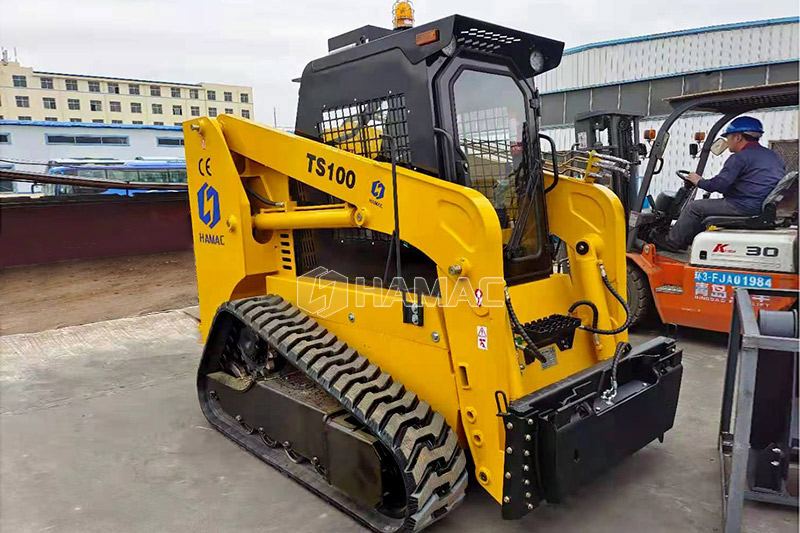
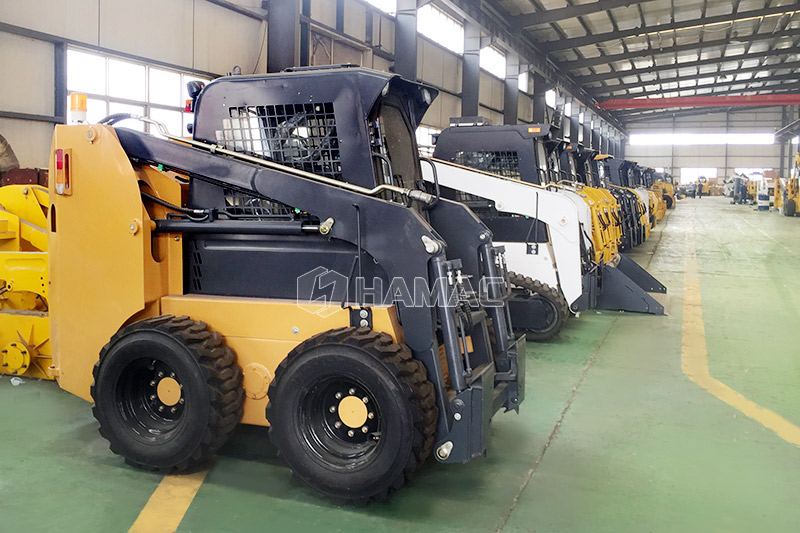

There is no lowest price, only lower price. You get what you pay for. We hope you are looking for the perfect working performance of the equipment, not the low-priced inferior goods. HAMAC only provide our clients with high quality machines. Wish a cooperation with you in the future.


